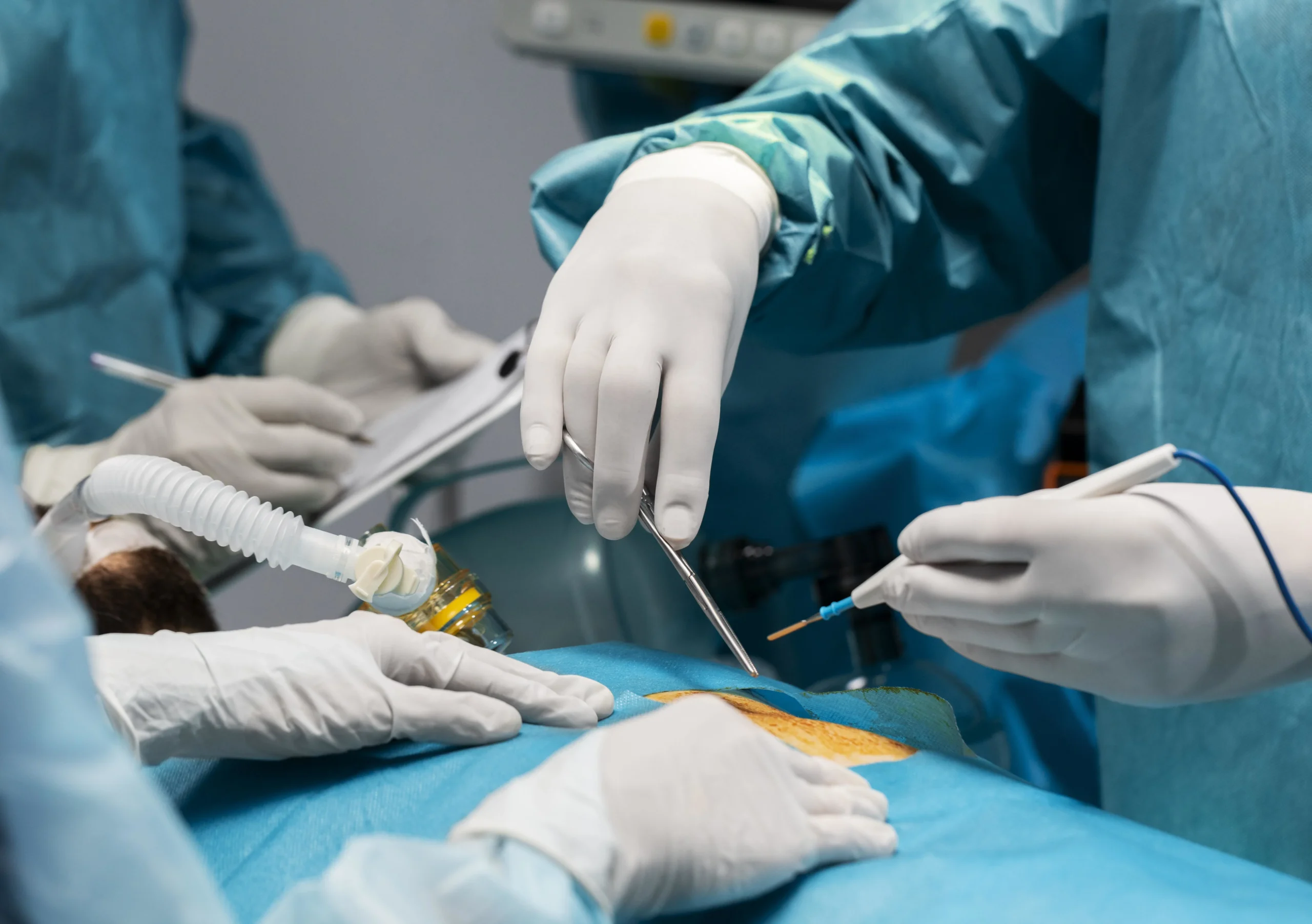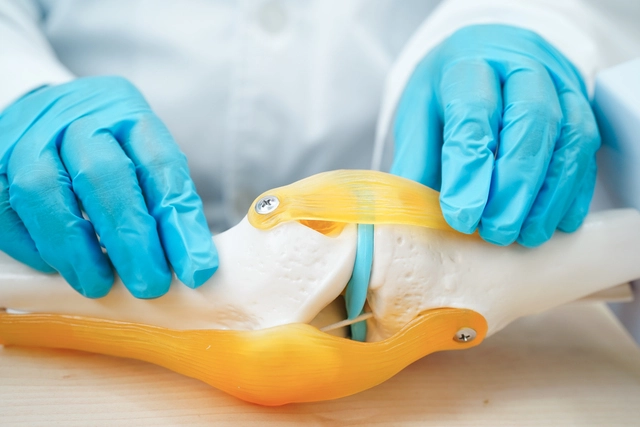In the world of modern surgery, laparoscopy has emerged as a game-changer. Also known as minimally invasive surgery, laparoscopic procedures have transformed the way surgeries are performed — offering faster recovery, minimal scarring, and reduced hospital stays compared to traditional open surgeries.
If you or a loved one has been recommended a laparoscopic procedure, understanding what it involves can ease anxiety and help in better preparation. This guide will walk you through the entire process of a laparoscopic surgery — from pre-op to recovery — so you know exactly what to expect.
What is Laparoscopy?
Laparoscopy is a surgical technique that uses small incisions (usually 0.5 to 1 cm) and a camera-equipped device called a laparoscope to view and operate inside the abdomen or pelvis. The camera transmits real-time visuals to a monitor, allowing the surgeon to perform precise movements using specialised instruments.
It is commonly used for procedures involving:
- Gallbladder removal (cholecystectomy)
- Appendix removal (appendectomy)
- Hernia repair
- Uterine fibroids or ovarian cysts
- Endometriosis treatment
- Bariatric (weight loss) surgery
- Diagnostic evaluations of unexplained abdominal pain
Step-by-Step Overview of a Laparoscopic Procedure
Step 1: Pre-operative Evaluation
Before surgery, you will undergo a thorough consultation which may include:
- Physical examination
- Blood tests and imaging (ultrasound, CT scan)
- Medical history review
- Anaesthesia fitness check
You will be given instructions on:
- Fasting (typically 6–8 hours before surgery)
- Medications to stop or continue
- Allergies or previous reactions to anaesthesia
Step 2: Admission and Pre-op Preparation
You will be admitted either on the day of surgery or a day prior, depending on your case.
Pre-operative steps include:
- Changing into a hospital gown
- Insertion of an IV line
- Administration of pre-anaesthetic medications
- Consent form signing
- Meeting the anaesthesiologist and surgeon
Step 3: Anaesthesia and Positioning
Laparoscopic surgeries are usually performed under general anaesthesia, meaning you will be unconscious and pain-free throughout the procedure.
Once anaesthetised, the surgical team:
- Positions you appropriately (based on the type of surgery)
- Sterilises the surgical area
- Covers the rest of the body with sterile drapes
Step 4: Creating Access Points
The surgeon makes one to four small incisions in the abdominal area. A hollow tube (trocar) is inserted through one of these incisions to introduce the laparoscope.
Then, carbon dioxide gas is pumped into the abdomen to inflate the area, allowing more space and visibility to operate.
Step 5: Performing the Surgery
With the laparoscope providing a clear internal view on a screen:
- Specialised instruments are inserted through other small incisions
- The surgeon performs the required procedure (e.g., removal of an organ or tissue repair)
- Bleeding is controlled and the area is cleaned before closure
Because the instruments are narrow and movements are precise, damage to surrounding tissues is minimal.
Step 6: Closure and Recovery
Once the surgery is completed:
- Instruments are removed
- Gas is released from the abdominal cavity
- Incisions are closed with sutures or surgical glue
- A sterile dressing is applied
You will be moved to a recovery room where your vitals are monitored as the anaesthesia wears off.
Benefits of Laparoscopic Surgery
- Smaller incisions and minimal scarring
- Reduced post-operative pain
- Shorter hospital stay
- Faster return to normal life
- Lower risk of infection
- Better cosmetic outcome
When is Laparoscopy Not Recommended?
While laparoscopic surgery is preferred for many procedures, it may not be suitable in cases such as:
- Severe infection or internal bleeding
- Large or complicated tumors
- Extensive abdominal adhesions from previous surgeries
- Poor anaesthetic fitness
Your surgeon will decide the best approach based on your individual condition.
Conclusion
Laparoscopic surgery represents the future of safer, quicker, and more patient-friendly surgical care. Understanding the process and preparing adequately helps reduce anxiety and improves your overall experience and recovery.
If you’ve been advised to undergo laparoscopy, always clarify your doubts with your surgeon, follow instructions carefully, and be assured you’re in good hands.




